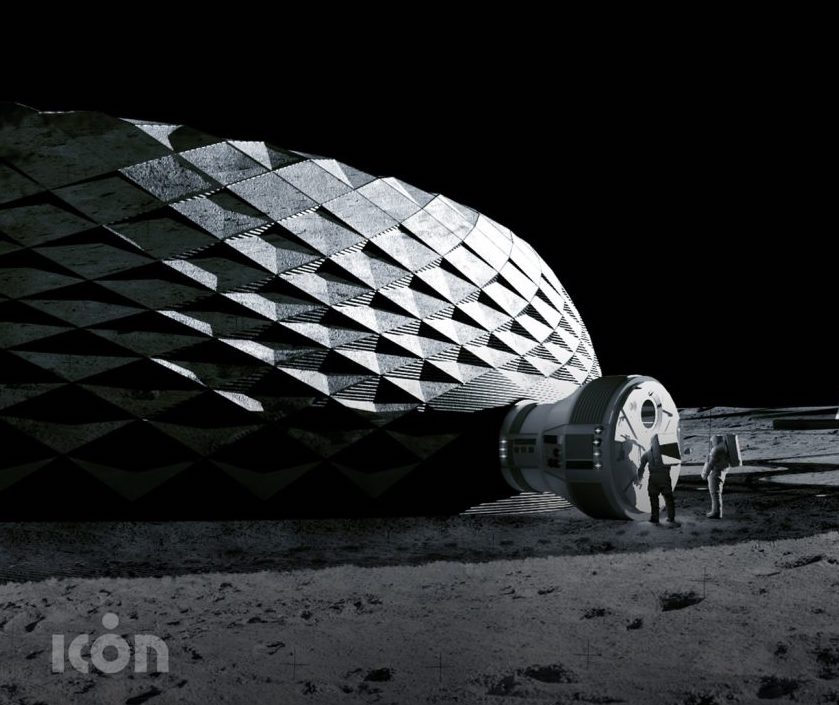Researchers from the Johns Hopkins University Applied Physics Laboratory (APL) are working with NASA to develop technology for a solar-powered rocket that could bring the exploration of interstellar space a step closer.
Instead of using combustible fuel sources, the solar propulsion system will harness hydrogen from the sun, heat it up, and then blast it out through a nozzle to produce thrust. It is thought that solar propulsion can both speed up the journey to the heliopause – the edge of the solar system – and enable probes to travel far further than previously imagined. According to Jason Benkoski, a scientist at APL, the solar propulsion system would be around three times more efficient than currently available conventional chemical engines.
Benkoski told WIRED, “We want to make a spacecraft that will go faster, further, and get closer to the sun than anything has ever done before.”
To do this, the APL scientists are exploring how metal 3D printing could be utilized for the rocket’s heat shield. According to Benkoski, additive manufacturing is a “key component” in developing the heat shield, alongside advances in materials science.

Reaching the heliopause
Located around 11 billion miles from Earth, the heliopause is the point at which the sun’s influence as a heat source ends, and interstellar space begins. Only two spacecraft have left our solar system before, the Voyager 1 and Voyager 2, whose original mission was to explore Jupiter and Saturn. Traveling at a rate of 30,000 miles per hour, it took the Voyagers some 50 years to reach the edge of the solar system.
With their new solar propulsion system, the APL scientists are hoping to drastically speed up this journey time and explore further into this new frontier.
In order to do this, the spacecraft must pass incredibly close to the sun in order to perform an Oberth maneuver, which essentially turns the sun into a giant slingshot. As the spacecraft loops around the sun, the sun’s gravity acts like a force multiplier that increases the craft’s speed when it fires its engines. The closer the spacecraft gets to the sun during this maneuver, the faster it will go.
Fortifying the heat shield
To allow the spacecraft to pass just one million miles from the sun, the scientists are investigating new materials for the protective heat shield. While a conventional engine is mounted on the end of a rocket, the solar propulsion engine will be integrated within the spacecraft’s shield itself.
The shield is made from a black carbon foam with one side coated in a white reflective material. When the spacecraft passes by the sun, it will absorb the emitted hydrogen into its shield’s vasculature which will then expand and explode from a nozzle at the end of the pipe, generating thrust.
During the mission, the spacecraft will spend some two and a half hours in temperatures around 4,500 degrees Fahrenheit, which prompted the scientists to explore new materials that can be coated on the outside to better reflect thermal energy. The team has also had to investigate how to prevent the hot hydrogen from exploding within the shield, and have identified a few materials which could be suitable for coating the inside of the shield’s channels.
Additive manufacturing has played a significant role in the testing phase of these new materials, with the scientists able to 3D print metal in the lab.
NASA and the APL have been working on concepts for the interstellar mission since 2019, and at the end of next year will present their research to the National Academies of Sciences, Engineering, and Medicine’s Heliophysics decadal survey, which decides the next decade’s sun-related science priorities.

NASA and 3D printing for space
NASA has continually adopted 3D printing to create robust parts capable of withstanding the harsh environments of space, and has entered numerous recent partnerships to further the applications of this technology.
Earlier this year, NASA’s Marshall Space Flight Center (MSFC) teamed up with KULR Technology Group for the development of 3D printed battery systems for crewed and autonomous space applications. Shortly after, NASA awarded Texas-based construction company ICON a contract to develop a 3D printed off-world construction system for the Moon.
NASA has since developed 3D printed rocket engine components through its Rapid Analysis and Manufacturing Propulsion Technology project (RAMPT), which could play a part in the Artemis project to return astronauts to the moon. Meanwhile, aerospace and defense contractor Lockheed Martin joined forces with California-based rocket-building firm Relativity Space to 3D print projectiles for an upcoming experimental NASA mission. NASA also recently revealed its Perseverance rover, which is due to land on Mars in February 2021, is fitted with eleven 3D printed parts.
Most recently, NASA signed a cooperative agreement with ASTM International’s Additive Manufacturing Center of Excellence (AM CoE) which will see NASA identify potential 3D printing projects for the AM CoE to execute.

Subscribe to the 3D Printing Industry newsletter for the latest news in additive manufacturing. You can also stay connected by following us on Twitter and liking us on Facebook.
Be sure to subscribe to the Another Dimension podcast on your chosen podcast player to make sure you never miss an episode.
Looking for a career in additive manufacturing? Visit 3D Printing Jobs for a selection of roles in the industry.
Featured image shows Interstellar Probe Graphic. Image via Johns Hopkins APL.



